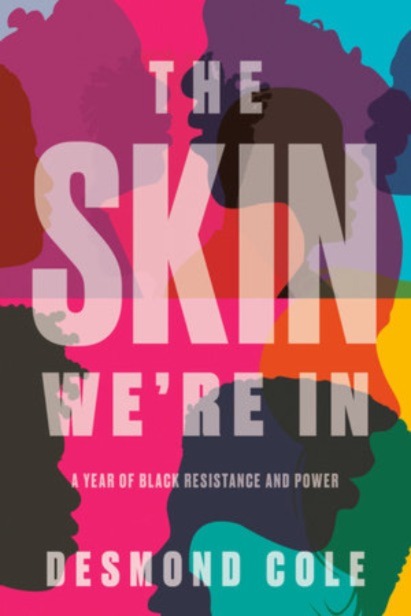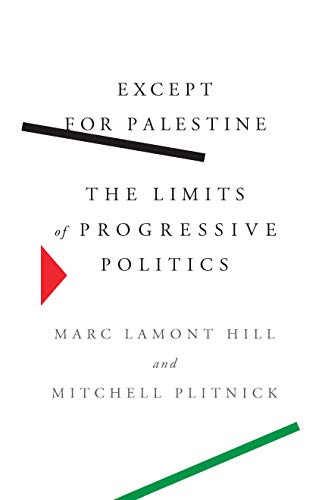in your face: Law, Justice, and Niqab-Wearing Women in Canada, Natasha Bakht, Delve Books, 2020, pp. 249, ISBN: 978-1-55221-549-4
Few items of female clothing cause as much controversy as the niqab or the burka, especially in the West. The niqab is a veil that covers a woman’s face, leaving the area around the eyes clear and visible, while the burka is a veil that covers both the body and the face, with a mesh over the eyes. Both have been the subject of state legislation in numerous countries, notably in France, Belgium, Denmark, Canada, the Netherlands, and Bulgaria, while the European Court of Human Rights (ECtHR) has ruled on the compatibility between national legislation and the European Convention on Human Rights on numerous occasions.
Articles 8 and 9 of the Convention state that everyone has a right to private life and the freedom to manifest their religion or belief in worship, teaching, practice and observance. As the Court established in Kokkinakis v Greece in 1993, which Pettiti J described as “the first real case concerning freedom of religion to have come before the European Court,” Article 9 forms the foundation of a democratic society. In Cambell and Cosans v UK, the Court further concluded that a belief “must attain a certain level of cogency, seriousness, cohesion and importance” and that once this is achieved, the state “may not determine whether religious beliefs are legitimate.” Beginning with Sahin v Turkey, in which a medical student, Leyla Sahin, challenged Turkey’s then law banning the wearing of headscarves at universities, the Court ruled that while her freedom of religion was indeed restricted, the university and the State were justified in doing so in their protection of secularism. The Court accorded the state a wide margin of discretion in balancing the rights of the individual and that of the State. In a spate of cases that followed, the niqab or the burka was constructed as impeding the rights of others, threatening secular and democratic values and preventing people from living together by creating barriers between the burqa or niqab clad women and their fellow citizens.
These cases show that the individual rights of women who choose to wear a veil are constructed as impeding the rights of others. In effect, they are portrayed as standing outside of and in opposition to the society they live in. In her book, the University of Ottawa law-school professor Natasha Bakht gives these women a voice and analyzes their presence in society. By centering their voices, she surveys existing inequalities and methodically examines the reasons given for flagrantly disregarding their dignity and human rights, exposing the justifications for what they are; a fig-leaf to hide xenophobia, racism, and Islamophobia.
As Bakht states: “hearing the voices of niqab-wearing women helps to dispel some of the myths and stereotypes about them and complicates these women.” In conducting semi-structured interviews with niqab-wearing women in Ontario and Quebec, poring over affidavits of cases involving them, op-eds, media stories about and by them, Bakht found that the predominant reason for wearing the niqab is, of course, religious. However, it should hardly matter even if they just liked the style. Importantly, all of her interviewees noted that the decision to wear the niqab was their own. None expected other women to dress similarly, and all saw themselves as active members of the community. In wearing the niqab, these women were exercising and manifesting their religion. The niqab was part of their identity, although they were willing to remove it for identification purposes to female officers showing flexibility in their practice. That in itself shows that they view themselves as part of the community as they are willing to conform to its procedures.
Bakht contrasts the views expressed by her interviewees and others to the opposition to the niqab in public places. As she rightly states, these criticisms reveal more about those making the objections than the niqab-wearing women. Objections are themselves contradictory, oscillating between oppression and too much independence and individuality. They need to be protected while at the same time regulated. They are a potential threat to public safety and submissive. They cannot integrate well into the society, yet it is the society itself that has created these barriers to integration that only permit certain members to it and exclude others. Through examining objections to the niqab, Bakht shows the vacuity of claims of democratic multiculturalism and locates in them fear, rejection and disregard for human rights.
This, too, can have severe consequences for the women themselves, who are pushed into relations of dependence and whose autonomy is curtailed. Bill 62 of Quebec, which seeks to “foster adherence to State religious neutrality,” requires that “members of public bodies and certain other bodies as well as elected persons must exercise their functions with their face uncovered” and “persons who request a service from such a member or person must have their face uncovered when the service is provided.” In effect, niqab-wearing women would be banned from working in and receiving public services, which, other than social assistance, also includes access to education, childcare, transportation, and healthcare. In effect, their movement and well-being would be severely curtailed under the guise of religious neutrality. It is worth observing that Montreal is overlooked by a giant cross erected in honour of the Virgin Mary, which sits atop Mount Royal.
The majority of Bakht’s book revolves around demeanour evidence and courtroom proceedings involving niqab-wearing women. This choice restricts the potency of her analysis and, instead of substantive issues, chooses proceduralism as the main focus of the study. While it is indeed important to question the reliability of demeanour evidence to trial proceedings and the access to justice of niqab-wearing women, this courtroom-specific analysis fails to recognize its connection to wider societal inequalities. Requiring women to remove their niqab so that the judge or the counsel can determine their demeanour in conjunction with the questions posed and evidence presented is in itself preposterous and belies wider social discrimination these women face. Though in R v NS, the Supreme Court of Canada stated that the issue of the niqab in the courtroom potentially endangers two Charter rights, namely 11(b) and 2(a)(b), the right to a fair and public hearing and freedom of religion and expression of belief. Posing the right to a fair trial as being in contradiction to the niqab acknowledges the marginalization of these women in society and constructs an ideal-type of witness. In NS, the Court affirmed the belief in demeanour evidence and the need to see witnesses’ faces when engaging them. Thus the Court created situations in which the person’s identity would need to be altered in order for the person’s demeanour to be judged. One can imagine that putting anyone through such a stressful situation where they are forced to perform an act against their will would significantly change one’s behaviour and effectively negate any usefulness of judging their demeanour. As Bakht shows, this is self-defying logic.
The Supreme Court was unwilling to question the dominant beliefs regarding facial visibility in the courtroom despite evidence to the contrary. Judges can make accommodations, as they usually have a certain degree of autonomy in determining how the trial in their courtrooms will be conducted. As Bakht shows, such accommodation was granted in a case from New Zealand in Police v Razamjoo. The judge worked with the witness to find mutually agreed arrangements to the woman’s testifying while respecting her religious beliefs and practices.
The question of niqab-wearing women problematizes the concepts of freedom, freedom of religion and individual dignity and human rights. In R v Big M Drug Mart, the Court defined freedom as “absence of coercion and constraints” and that “what may appear good and true to a majoritarian religious group, or to the state acting at their behest, may not, for religious reasons, be imposed upon citizens who take a contrary view.” The Courts would then be required to determine whether wearing a niqab is a protected right under the Charter and whether asking the women to remove it would violate Section 1 of the Charter, which allows for the rights and freedoms to be “subject only to such reasonable limits prescribed by law as can be demonstrably justified in a free and democratic society.” Using the justification of infringement criteria as set out in R v Oakes, it is evident that Courts are asked to pass judgement on the validity of women’s religious beliefs and thus determine it for them. In doing so, they would apply the morality of the majority and a set of normative judgements and effectively construct religious beliefs for the niqab-wearing women and thus continue the long-standing tradition of legal regulation of women’s behaviour.
Bakht is well aware that her small, geographically delineated sample of interviewees does not lend itself to generalizations. Her analysis does not preclude the possibility of using religion to oppress but merely outlines that when a woman chooses to wear a niqab of her own free will, she should not be denigrated for it. Socially constructed and reproduced prejudice towards them should not be validated in the courts of law. Given that the prejudice stems from society, as Bakht shows, these women have actively resisted popular beliefs and governmental tactics. Their voices are heard in the arts, literature, media, and together with their allies, they show remarkable resilience.
Bakht’s book in your face asks important questions about niqab-wearing women’s human rights and access to justice. She shows the inadequacy of current approaches that reproduce inequalities and marginalize these women in society. By looking at the current Canadian and other justice systems from the veiled women’s point of view, Bakht successfully highlights their unequal treatment and systemic aggression they face.




